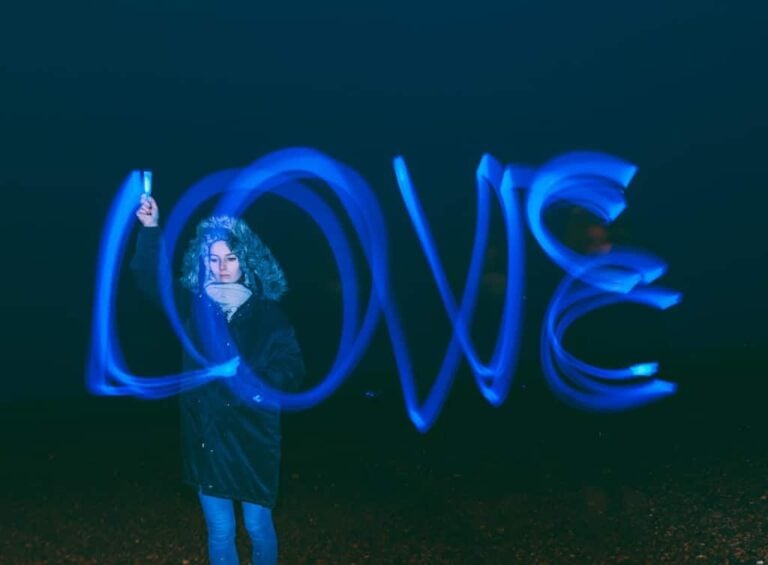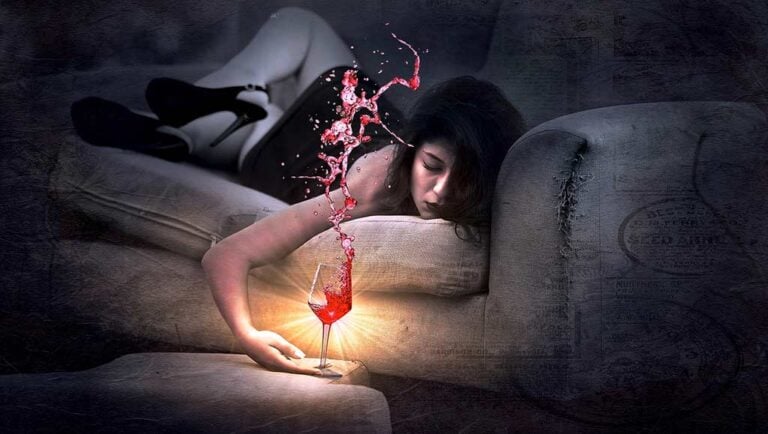Emotional Check-In, the Human Experience Every morning was the same routine. We ate breakfast, slurped down our coffees and were herded into the main hall…
Emotional Check-In, the Human Experience
Every morning was the same routine. We ate breakfast, slurped down our coffees and were herded into the main hall for Emotional Check-In, a regular practice we submit our clients to at Costa Rica Treatment Center.

Emotional Check-In back then consisted of 30 people in various stages of detox and abstinence and a large poster board containing 20 emojis and their corresponding emotional labels. This was 2006, I’m not sure emojis as we know them existed yet. The staff member would hold the poster in front of us and ask us to identify our emotional state. That was our human experience.
The poster board didn’t contain the ‘stab the staff member in the neck with a butter knife’ emoji
so most days I’d just do what I’d always done when it came to identifying my emotional state. I’d pick a random emotion off the board and then invent some narrative that correlated with either A. what I wanted to feel or B. what I wanted to project I was feeling.
I didn’t and couldn’t see the value of this exercise in 2006.
Addiction and the Emotional Spectrum
As a recovery specialist at Costa Rica Treatment Center, I spend a lot of time teaching a variety of concepts that pertain to addiction. One concept speaks to an innate desire to change how we feel, and the effectiveness with which drugs/alcohol accomplish that goal.
It usually starts with one brilliant incident…the first time. Many addicts can identify their ‘first time’ and how shortly thereafter, every use turned into chasing the effects of that first, magical high. Because of the fast acting and effective nature of this conversion, the addict returns with increasing regularly to alleviate any hint of discomfort. Entrenched in the chase to recapture that sensation the addict slips into the trap of the substance changing whatever emotion they don’t want to experience, not just discomfort. Eventually that process turns into a habitual and subconscious desire to constantly change the emotional state, often resulting in an inability and finally a refusal to experience any emotion for any sustained period. The addict to a large extent becomes emotionally handicapped.
Incapable and unpracticed in the art of dealing with the emotional spectrum, it’s no wonder the poster board exercise seemed so foreign and futile to me.
Sit in it

I can’t accurately recall the number of times I’ve run to a sponsor, a 12-step meeting, or a peer in recovery in discomfort with an extensive narrative backing up the discomfort. I need teammates when I’m in pain. The narrative is usually designed to justify or collaborate the injustice causing my discomfort. Unbeknownst to me, I was expecting them to do something about it. To change how I feel. But they are not that powerful, so without fail and to my great chagrin, they inevitably respond with some version of “Ah ha, that sucks Tony. Sit it in. Experience it. Deal with the facts, but don’t escape the feelings”.
For a guy who’s addicted
Mis-Identifying Emotions
The other day we took pre-workout away from a patient who is diagnosed with a co-occurring anxiety disorder. If you’ve ever done pre-workout and experienced any level of anxiety this might sound like a bizarre combination. Ah, the dichotomy of the addict. Two hours after we confiscated the pre-workout he came to me and said he needed a double dose of his anxiety medicine to combat the overwhelming anxiety he was experiencing. According to him he was having another anxiety attack.
Anxiety? He was undoubtedly experiencing frustration. He may have been feeling slighted from the pangs of the injustice of having something taken away from him. He was certainly disappointed and probably even angry. But Anxious? Anxious because he couldn’t use the most anxiety producing legal substance on the planet?
Sounds like me in 2006. No ability to identify what I was feeling. Misdiagnosing what I was feeling and generating a narrative to support that misdiagnosis. No idea how to experience or interpret my emotions.
Rejoining the Human Experience
So, what works? Why is it important to reconnect to the human emotional experience and how do we do that? Through gaining a more accurate understanding of our emotional spectrum we begin to understand our true selves. How we operate; what makes us tick emotionally. What factors make us feel certain ways.

This new cognizance brings us to a broader awareness of life in general. It will improve the nature of our relationships with others; deepening the relations and making them feel more authentic. Through learning to properly identify our emotions we learn to respond to life rather than react to it.
Finally, time and frequency are the 2 indispensable components of the process.
Time is the essential component in all healing. Time away from using substances intended to change how we feel. Time learning to experience and navigate new emotions. Time learning to reconnect with, classify and process them. Time learning to ‘sit in it’. And as the frequency of the number of times we endure unpleasant emotions without seeking to change them increases we began to emotionally mature. We become more emotionally intelligent, and we begin to be able to handle the ins-and-outs of life in constructive and healthy ways.
We grow up.
by Tony Feeney
Addiction Recovery Specialist








